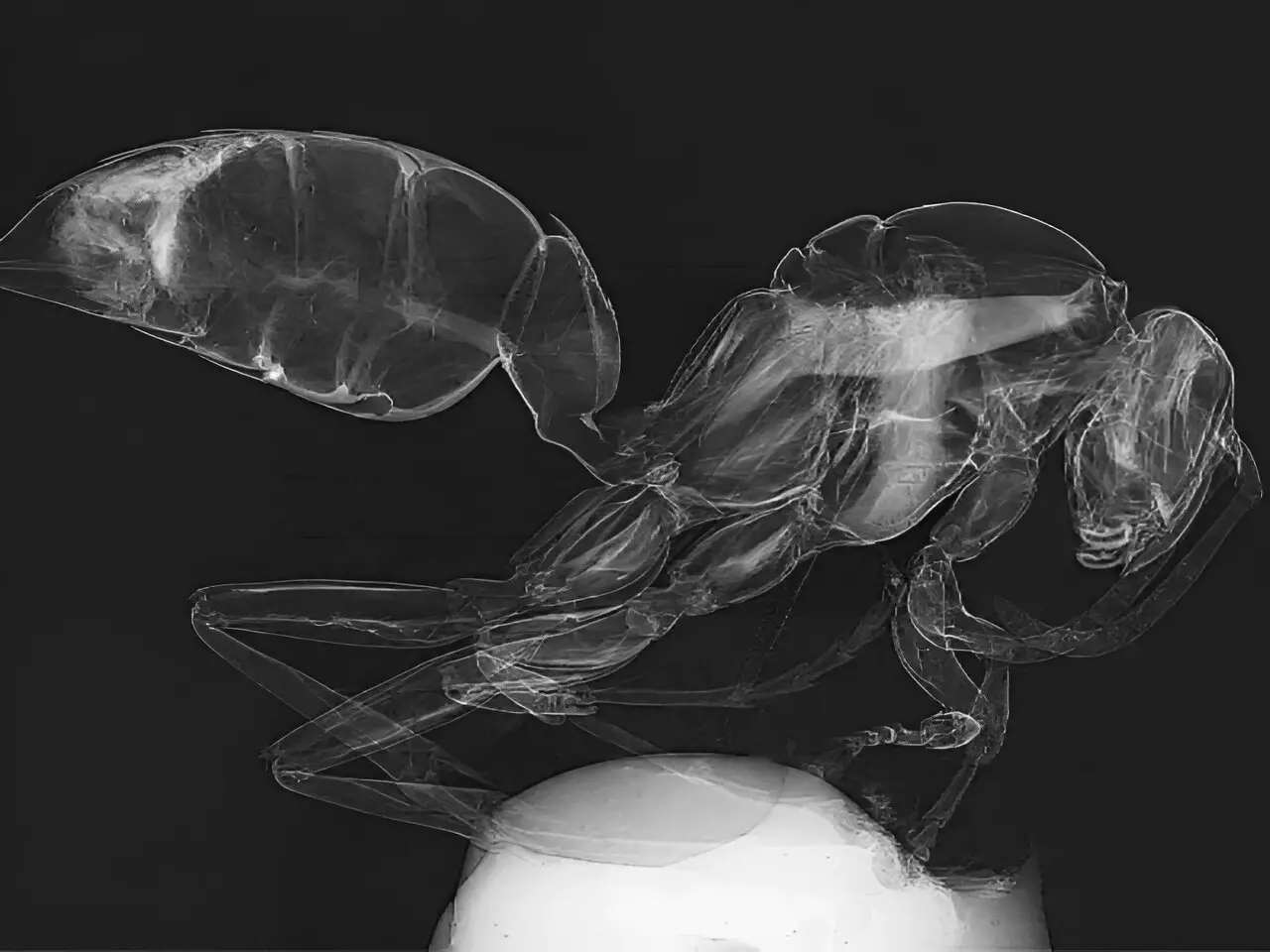Recent research conducted at the University of Houston has led to groundbreaking advancements in X-ray imaging technology that have the potential to revolutionize various fields such as medical diagnostics, materials and industrial imaging, transportation security, and many others. This development is highlighted in a paper published in Optica by Mini Das, a Moores professor at UH’s College of Natural Sciences and Mathematics and Cullen College of Engineering, along with Jingcheng Yuan, a physics graduate student at the university.
Traditional X-ray technology has relied on X-ray absorption to generate images, which often leads to low contrast and difficulties in differentiating between materials of similar density. This limitation has posed challenges in various applications including medical imaging and explosive detection. The introduction of X-ray phase contrast imaging (PCI) in recent years has sparked interest due to its ability to provide enhanced contrast for soft tissues, such as cancers, by utilizing relative phase changes of X-rays passing through an object. Among the various techniques available, the single-mask phase imaging system has distinguished itself for its simplicity, efficacy, and ability to produce high-contrast images in a more straightforward and efficient manner compared to other methods.
Das and Yuan’s research introduces a new light transport model that enhances non-destructive deep imaging and visibility of light-element materials, such as soft tissues and background materials like plastics and explosives. This model allows for the understanding of contrast formation and the mingling of multiple contrast features in acquired data, enabling the retrieval of images with two distinct types of contrast mechanisms from a single exposure. The design involves the use of an X-ray mask with periodic slits that enhances edge contrast by aligning with detector pixels, capturing differential phase information that highlights variations between materials more clearly. This innovative approach simplifies the setup, reduces the need for high-resolution detectors, and eliminates the complexity of multi-shot processes.
The research team has already conducted rigorous simulations and testing on their laboratory X-ray imaging system, and the next step is to integrate this technology into portable systems and retrofit existing imaging setups for real-world applications in hospitals, industrial X-ray imaging, and airports. Das emphasizes that this advancement opens up new possibilities for X-ray imaging by providing a simple, cost-effective method to enhance image contrast, which is critical for non-destructive deep imaging. This innovation aims to make phase contrast imaging more accessible and practical, leading to improved diagnostics and security screening across a wide range of imaging challenges.
The advancements in X-ray imaging technology developed by the University of Houston researchers have the potential to significantly impact various sectors by improving image contrast, enhancing diagnostic capabilities, and simplifying imaging processes. This groundbreaking research represents a significant step forward in the field of X-ray imaging and opens up new opportunities for more effective and efficient imaging techniques in the future.


Leave a Reply